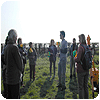










 |
||
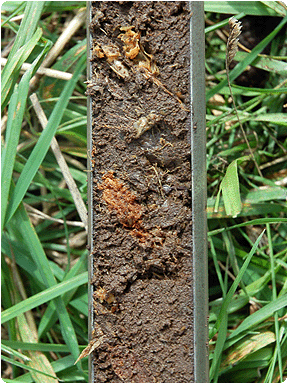 This is a closeup from another core, showing the makeup of a reedy peat. You can see the leaves of the reed plants preserved in the peat. This really gives you a sense of what the land must have looked like. 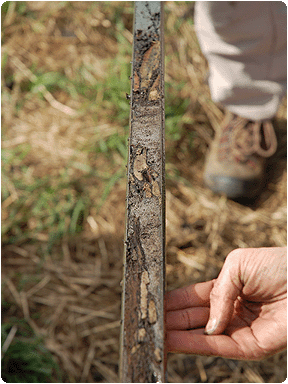 This core shows the roots of a standing tree, showing that before the layer of grey, reedy silts built up over the top, that the land on the rivers edge was once stable enough for trees to grow, but was then covered by open water. 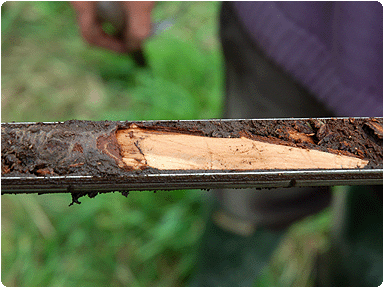 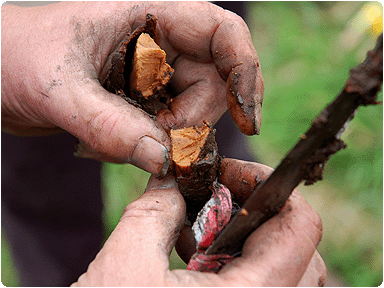 This is one of a couple of interesting pieces of wood that we augered through. The wood was vertically placed, though this one we didnít find the end, as we augered through it at an angle, we did find an interesting piece in another hole that did appear to have both ends extracted. James broke the wood apart to see if we could learn how big the wood would have been, by examining the rings 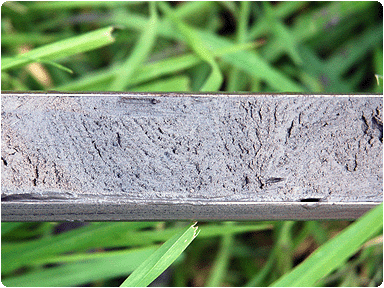 This closeup of a core shows what appears to resemble a finger print, it is actually evidence of the effects of the sea at Washingborough. The tidal effect on the river is evident by the layering of these fine silts and sands, as the tide came in it left small layers of sand and as the tide went out it left thin layers of fine silt. |
||
| ||
v.4 'Rise of the Screen' |